Museo Carrà Trieste
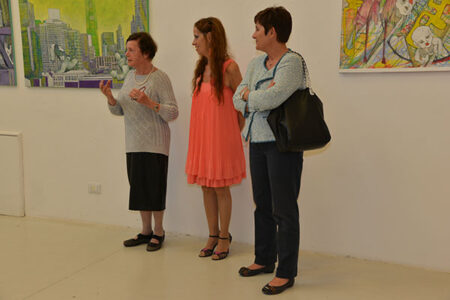
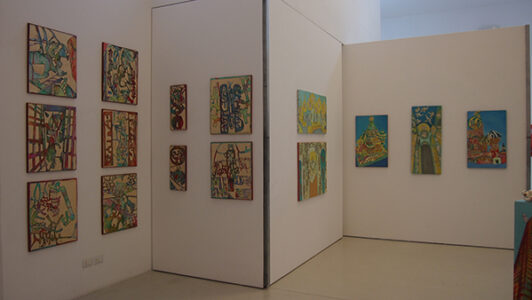
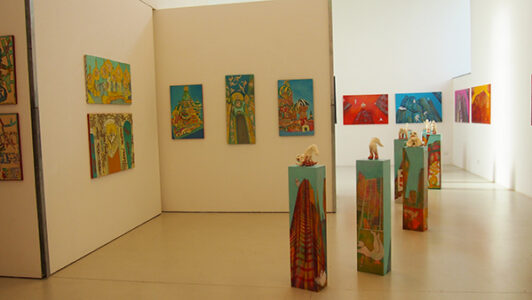
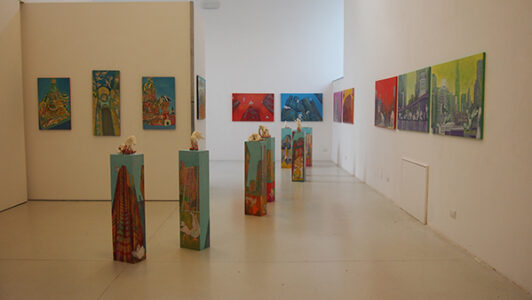
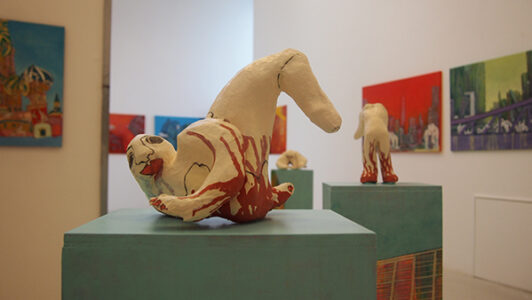
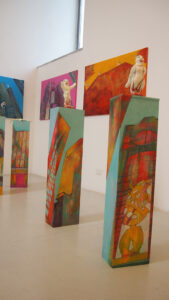
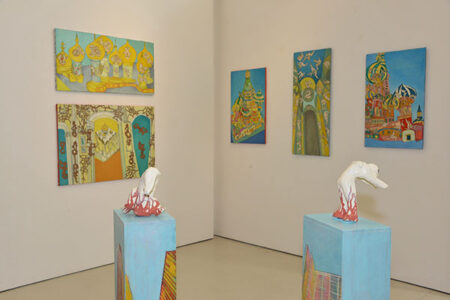
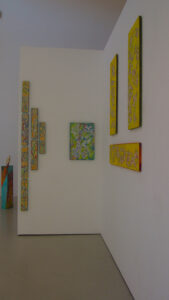
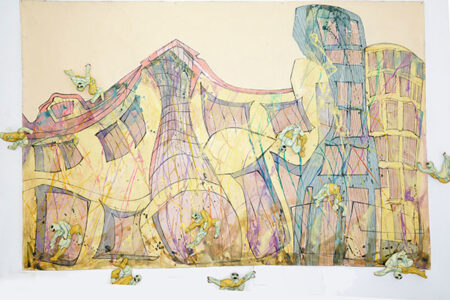
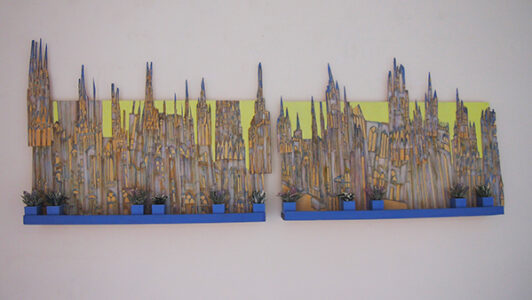
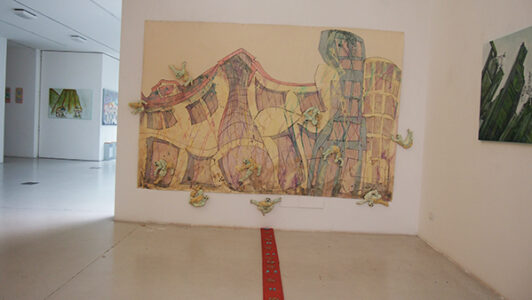
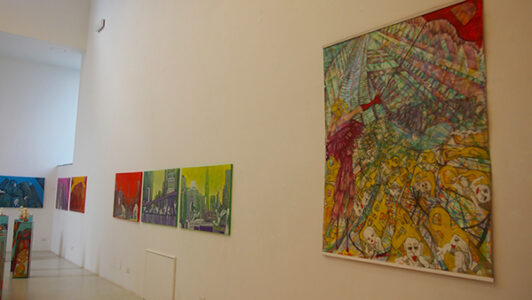
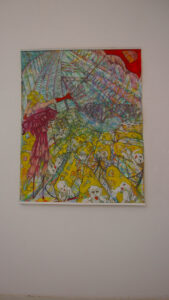
Isabel Carafi’s composite world has become yet more novel and rich. Her altered, expanded and compressed shapes, intoxicated and insane, are set face to face with architectural spaces. The artist has recently reflected upon the structural power of architecture – most notably of historical and ecclesiastical nature – on the concept of construction as such, on the positive, concrete, stabilizing aspect it inevitably entails, as against transience, the fluctuating and destabilizing situations that do, on the other hand, characterize our current society. Architecture has indeed penetrated into her compositions, obviously with outcomes of her own, phantasmagorical and exuberant, ironical and amused, where shapes and structures often cross and melt, thus creating extremely skilful compositions, endless decorative arabesques, chromatic and linear plays, at times evoking ancient cultures.In order to do this, she resorts to dimensions, supports, diverse techniques. Paper, wood and marble she engraves (the latter with refined and purely abstract inventions, where ramifications and geometries entwine into effectively concise tales), ceramic – namely, with three-dimensional aspirations – and sculptures in the strict sense of the word. An extremely wide scope of activity, in which the artist ceaselessly displays her metamorphic bodies, her human/objectual/architectural hybrids, most of them flying, often provided with parasols to reduce the effect of gravitational force, declaring an inexhaustible inventive fervour. Her architectures are often gothic, with their upward boost and the thick supporting ribs to which a dazed humanity is clinging. On the small paintings on paper this curious humanity, both expanded and contracted, slips into fantastic structural joints that sometimes turn into organic expansions and produce extraordinary chromatic combinations: blood-red, for instance, and transparent azure. And tiny canvasses come to life with apparitions coupled with bicycles, stairs, clothes, all coming together as one in an unlikely and to the same extent overwhelming existential dynamism. On her pottery on wood tapered couples locked together ooze with an intense erotic drive. Patterns shift on architectures and architectures merge with patterns on the larger canvasses – an explosive and distorted world, parallel to the articulated and sublime world of architecture chased in its most noble medieval, Renaissance and also modern realizations.
Maria Campitelli
